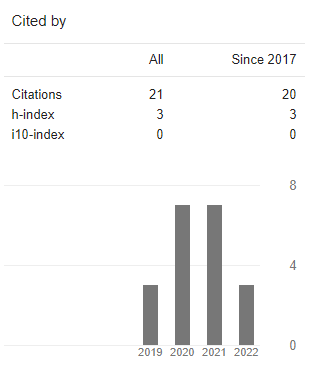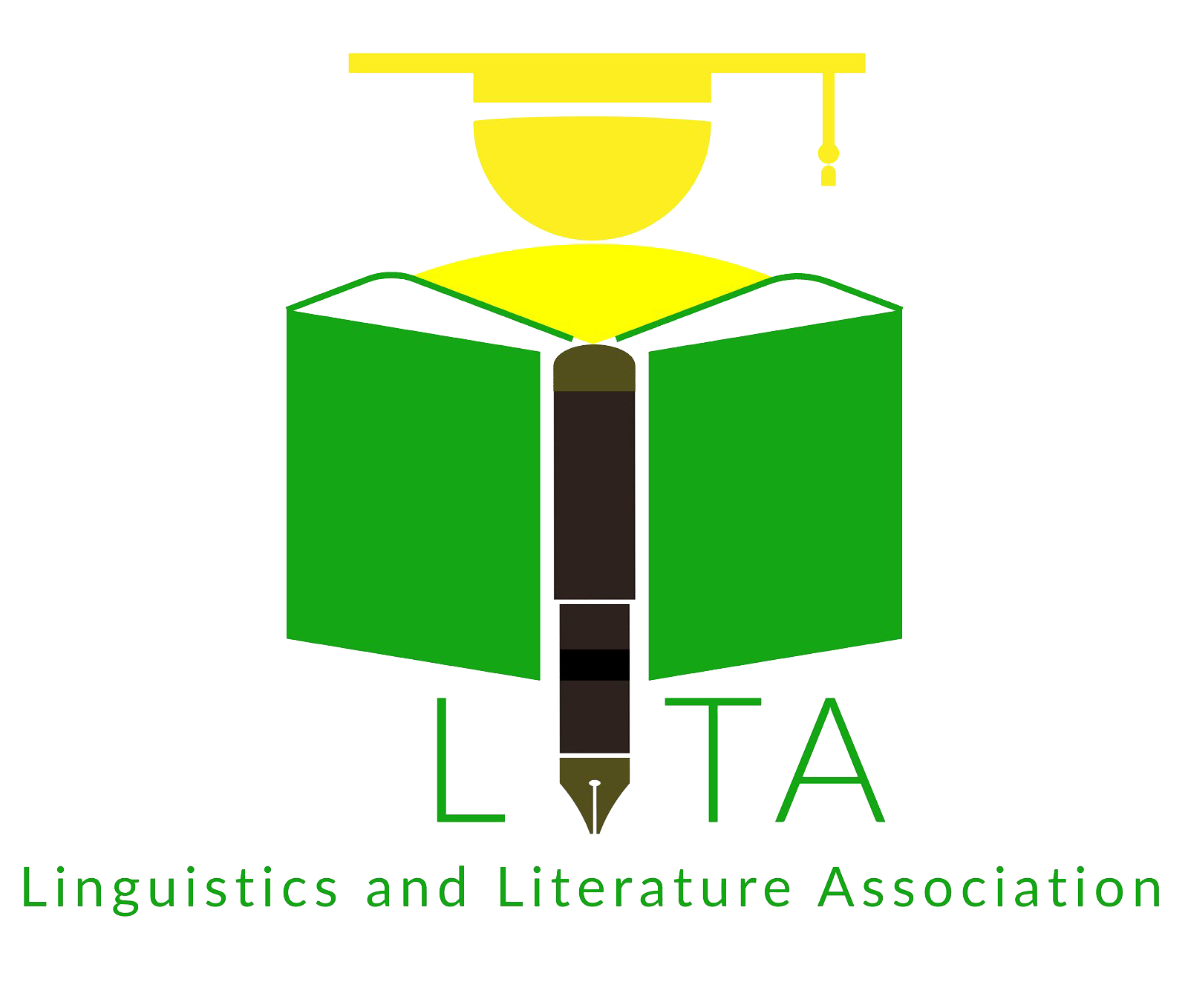The Egyptian Community Culture in Nawal El-Sa’dawi’s Perempuan Di Titik Nol Novel: A Literary Anthropological Study
DOI:
https://doi.org/10.21776/ub.alphabet.2021.04.01.05Keywords:
Egyptian culture, literary anthropology, Perempuan di Titik NolAbstract
This study aimed to reveal the Egyptian community culture portrayed in Nawal El-Sa’dawi’s Perempuan di Titik Nol novel. The method used in this study was descriptive qualitative with a literary anthropological approach. The data in this study were taken from the Perempuan di Titik Nol novel, while the data were the events experienced by Firdaus as the main character in the novel. This paper found out some of the customs of Egyptian community in the PdTN novel as a cultural representation of Egyptian society. The results of this study showed four cultures of the Egyptian community, including: 1) matchmaking culture, as an effort to obtain material benefits from the matchmaking; 2) patriarchal culture that considers men as subjects who have power while women as objects whose roles are marginalized; 3) materialist culture, seeing things based on world treasures; and finally, 4) bribery culture, both by using either money or women’s bodies.References
Brown, R. H., & Bjawi-Levine, L. (2002). Cultural Relativism and Universal Human Rights: Contribution From Social Science of the Middle East. The Anthropologist, 4(3), 163–174. https://doi.org/10.1080/09720073.2002.11890742
Dahlan, A. A. (2013). Ensiklopedia Hukum Islam. Ichtiar Baru Van Hoeve.
Dziallas, K. (2019). Gender Stereotyping: The Head and Sexualized Body Parts as Fruits and Vegetables. Metaphor and the Social World, 9(2), 199–220.
Endraswara, S. (2013). Budi Pekerti dalam Bahasa Jawa. Ombak.
Farid, M. R. A. (2019). Kekerasan terhadap Perempuan dalam Ketimpangan Relasi Kuasa. Jurnal Studi Gender, 14(2), 175–190. https://doi.org/10.21580/sa.v14i2.4062
Irfan, N. (2011). Kajian Dalam Hukum Pidana Islam. AMZAH.
Kasser, T. (2002). The High Price of Materialism. The MIT Press.
Kulsum, U. (2017). Nawal el-saadawi: Membongkar Budaya Patriarkhi Melalui Sastra. Jurnal Lentera, 3(1), 103–116.
Moleong, L. J. (1989). Metode Penelitian Kualitatif. PT Remaja Rosda Karya.
Ningsih, E. Y., & Handoyo, P. (2015). Perjodohan di Masyarakat Bakeong Sumenep Madura (Studi Fenomenologi Tentang Motif Orang Tua Menjodohkan Anak). Jurnal Paradigma, 3, 1–5.
Ochsenwald, W., & Fisher, S. N. (2004). The Middle East: A History (6th ed.). McGraw-Hill.
Peretz, D. (1963). The Middle East Today. Holt, Rinehart and Winston, Inc.
Ratna, N. K. (2011a). Antropologi Sastra; Peranan Unsur-Unsur Kebudayaan dalam Proses Kreatif. Pustaka Pelajar.
Ratna, N. K. (2011b). Teori, Metode dan Teknik Penelitian Sastra. Pustaka Pelajar.
Sa’dawy, N. (2003). Perempuan di Titik Nol. (A. Sutaarga, Trans.). Yayasan Obor Indonesia.
Sakina, A. I., & Hasanah, S. A. D. (2017). Menyoroti Budaya Patriarki di Indonesia. Jurnal Social Work, 7(1), 71–80. https://doi.org/https://doi.org/10.24198/share.v7i1.13820
Syafe’i, R. (2003). Al Hadits, Akidah, Sosial, dan Hukum. Pustaka Setia.
Syed, G. K. (2013). Education in the broader Middle East. British Journal of Educational Studies, 61(3), 375–376. https://doi.org/10.1080/00071005.2013.816067
Tuasikal, H., Siauta, M., & Embuai, S. (2019). Upaya Peningkatan Harga diri Rendah Dengan Terapi Aktivitas Kelompok. Window of Health: Jurnal Kesehatan, 2(4), 345–351. https://doi.org/https://doi.org/10.33368/woh.v0i0.210




















